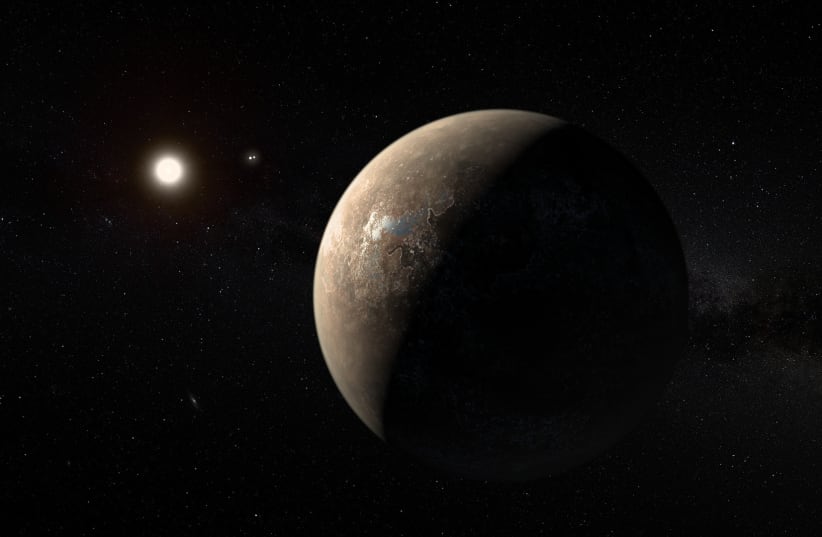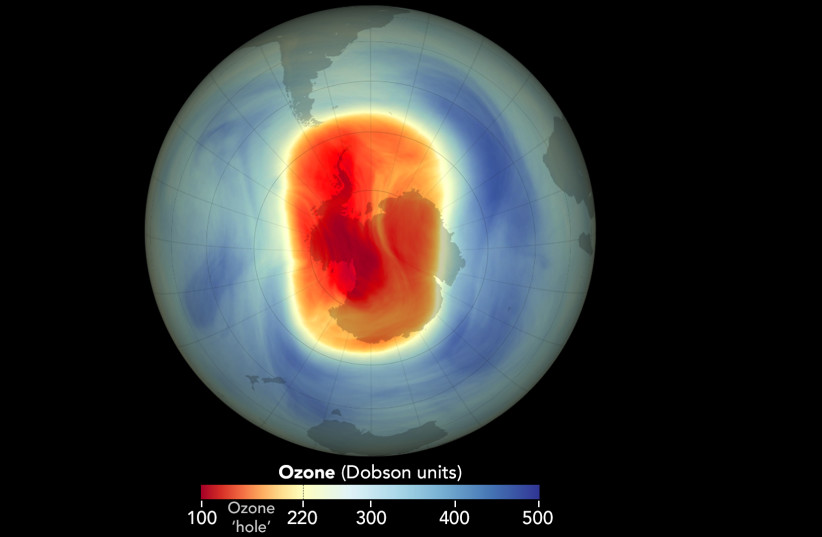Ozone, the highly reactive gas composed of three oxygen atoms that is both a natural and a man-made product that occurs in the Earth’s upper atmosphere (the stratosphere) and lower atmosphere (the troposphere), can be good or bad for the Earth.
In the upper atmosphere, it is created naturally when ultraviolet radiation and oxygen mix. There, the ozone layer about 9.6 to 48 kilometers above the Earth’s surface, cuts the amount of harmful UV radiation reaching the Earth's surface; over parts of Australia, New Zealand, South Africa, Argentina, and Chile, there are ozone holes that expose residents to a lot of radiation.
In the lower atmosphere – what we breathe – ozone is formed mostly from photochemical reactions between two major classes of air pollutants – volatile organic compounds (VOC) and nitrogen oxides (NOx). Significant sources of VOC are chemical plants, petrol stations, oil-based paints, car garages, and print shops, power plants, industrial furnaces and boilers, cars and trucks. Ozone contributes to what we recognize as smog or haze.
However, ozone is also a factor beyond our solar system – in exoplanets. In the quest for life beyond our solar system, a new study at the Hebrew University of Jerusalem (HU) investigates the atmospheric dynamics of planet Proxima Centauri b and ozone’s significant role in shaping planetary climates. The research signifies a significant leap forward in our understanding of habitable exoplanets.
A new study led by Dr. Assaf Hochman at HU’s Fredy and Nadine Herrmann Institute of Earth and his team has uncovered new insights into the atmospheres of Earth-like exoplanets.
The emergence of next-generation observatories, including the James Webb Space Telescope and advanced ground-based telescopes like ELTs, LIFE, and HWO, has ushered in a new era of exoplanetary exploration.
The study led by Hochman in collaboration with Dr. Paolo De Luca of the Barcelona Supercomputing Center in Spain, Dr. Thaddeus Komacek of the University of Maryland, and Marrick Braam of the University of Edinburgh in Scotland focuses on the enigmatic Proxima Centauri b, an exoplanet tantalizingly close to the Earth’s solar system.
Researchers find connection between ozone levels and atmospheric stability
The team uncovered ozone’s role in shaping Proxima Centauri b's climate dynamics. Their findings, derived from sophisticated coupled climate chemistry model simulations and recent advances in dynamical systems theory, reveal a relationship between ozone levels and atmospheric stability.
“Imagine a world where ozone affects temperature and wind speed and holds the key to a planet's very habitability” Hochman said. “Our study unveils this intricate connection and underscores the importance of considering interactive ozone and other photochemical species in our quest to understand Earth-like exoplanets.”
The research paper has been published in Monthly Notices of the Royal Astronomical Society under the title “The Impact of Ozone on Earth-like Exoplanet Climate Dynamics: The Case of Proxima Centauri b”.
Major findings from the study reveal the impact of interactive ozone on the planet’s atmospheric properties. Notably, the research highlights the significant influence of ozone on atmospheric temperature distribution and wind patterns. By incorporating ozone's influence, the team observed reduced hemispheric temperature differences and increased atmospheric temperature at specific altitudes, hinting at the delicate balance between the atmosphere’s chemical composition and climate dynamics.
Furthermore, the study unveils a framework for comprehending the influence of photochemical species on the climate dynamics of exoplanets, opening the door to a deeper understanding of habitable environments beyond our solar system.
“We stand at the brink of a new era in exoplanetary exploration,” enthused Hochman. “With each discovery, we inch closer to unraveling the mysteries of distant worlds and perhaps even finding signs of life beyond Earth.”
The team said their study advances our knowledge of Proxima Centauri b and lays the groundwork for future investigations into exoplanetary atmospheres. By extending this framework to other potentially habitable exoplanets, scientists aim to unravel the diverse range of atmospheric compositions and climate regimes across the cosmos, allowing a better understanding of Earth’s climate dynamics, they concluded.

